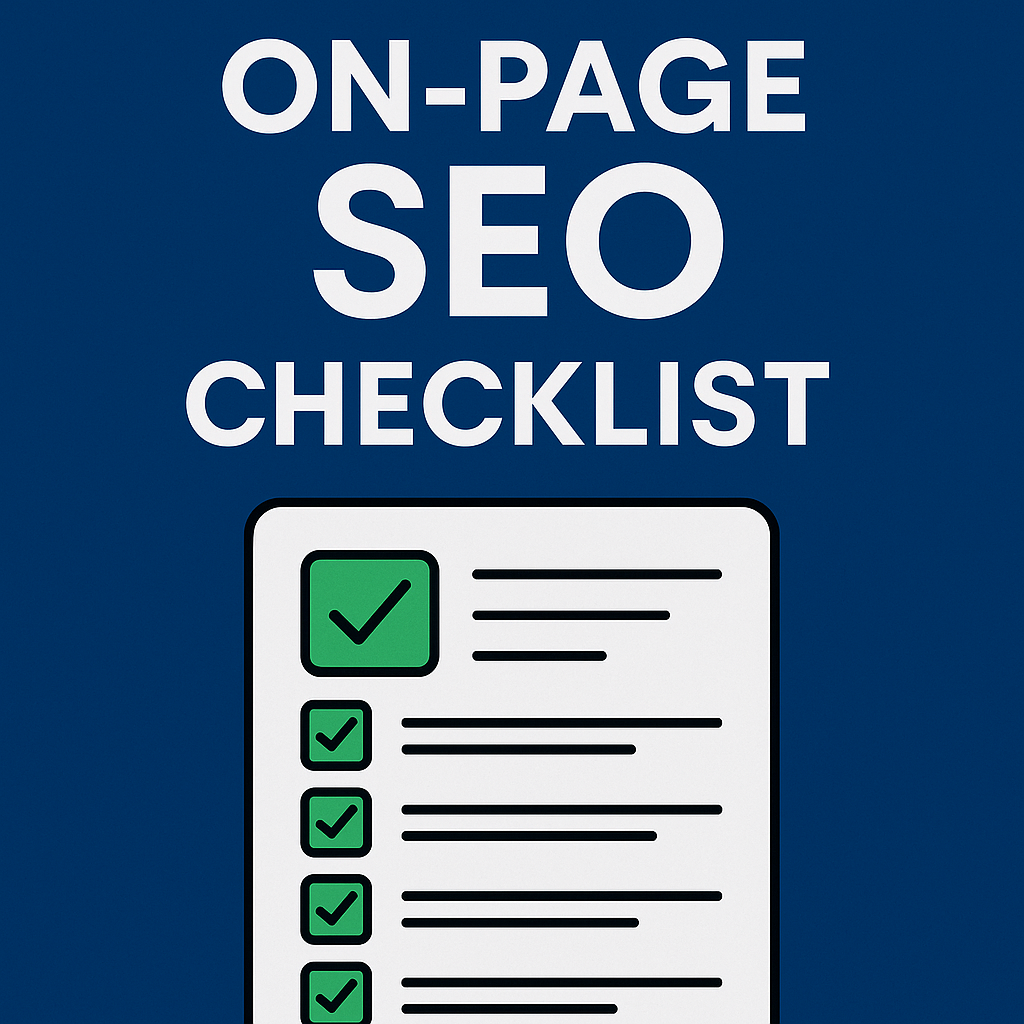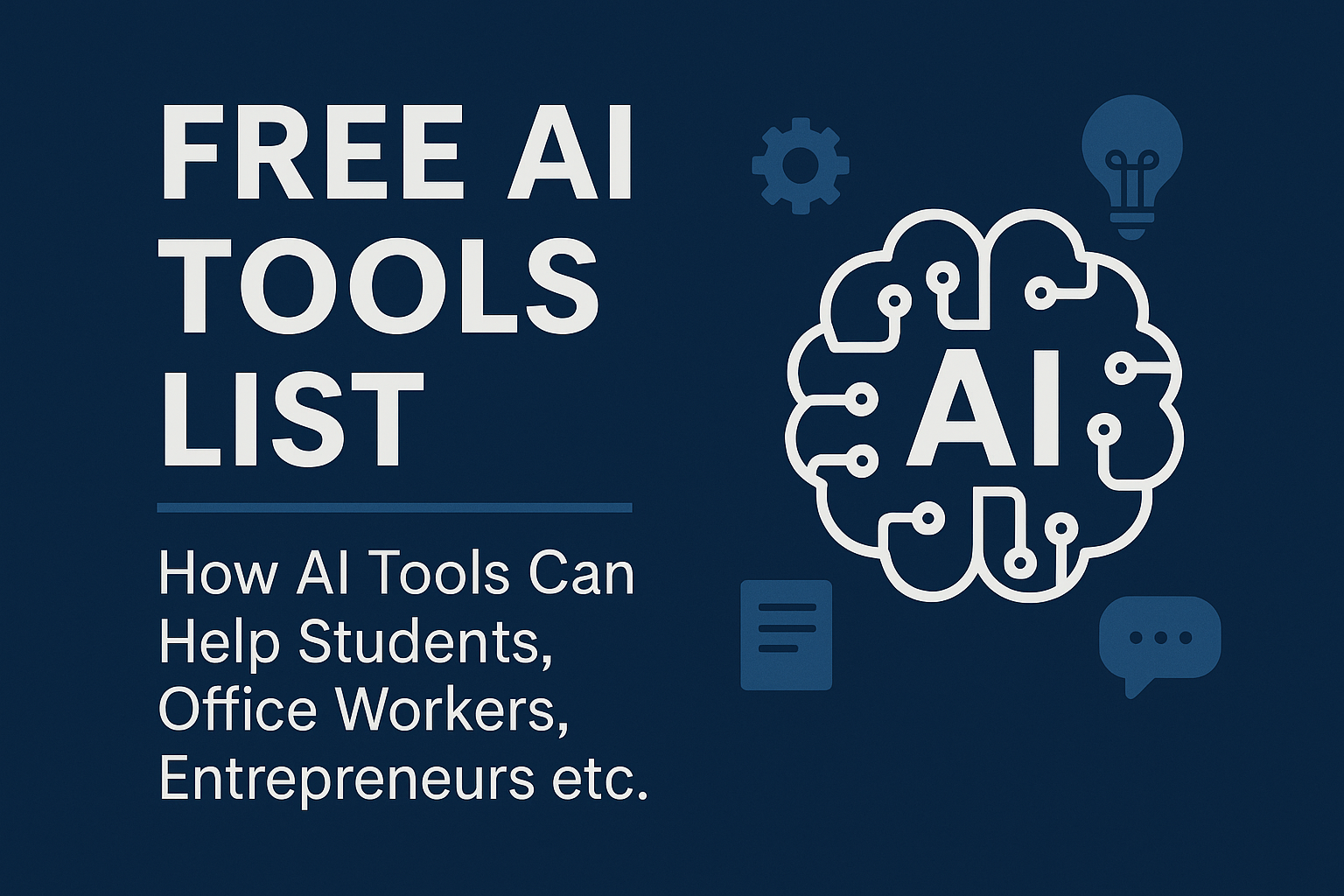
Introduction:
1. Title Tag Optimization
Your title tag is the initial impression users have in search results. It must be:
Clear, relevant, and less than 60 characters
Contain your main keyword close to the start
Intriguing enough to prompt clicks
Example: “On-Page SEO Checklist : 2025 Guide to Higher Google Rankings“
2. Meta Description Matters
Meta descriptions don‘t impact rankings directly, but they do impact click-through rates (CTR). Write meta descriptions that:
Are between 150–160 characters
Contain a call-to-action (CTA)
Use target keywords naturally
Consider it a mini advert for your content.
3. Headers (H1, H2, H3) usage
Organize your content for readability and crawlability:H1 tag for the title (only one per page) H2s for subheadings, and H3s for sub-subheadingsSecondary keywords in subheadings where applicable This not only
benefits SEO but also enhances user experience by On-page SEO checklist.
4. Keyword Placement & Density
Keyword stuffing is a thing of the past. Use your target keyword: In the first 100 words In at least one H2 or H3 subheading Sprinkled naturally throughout the content (aim for 1–2% density)Also, use LSI keywords (related terms) to
enhance topic relevance.
5. URL Structure
SEO-friendly URLs are clean and keyword- centered: Keep it short and descriptive Avoid stop words (such as and, the, but) Use hyphens tobreak up words Example: yoursite.com/on-page-seo-checklist
6. Internal Linking Strategy
Internal links help guide users and distribute link equity. Ensure to: Link to relevant, existing content on your site Use descriptive anchor text Don’t overdo it—3–5 internal links per 1000 words is a good rule
7. External Links to Authority Sites
Linking out shows search engines that you’re providing value. Link to: Credible sources (.think, edu, .gov, major publications) Pages that are relevant to your content Open links in a new tab to retain users on your page.
8. Optimize Images with Alt Text
Images make reading easier—but only when optimized. All images must: Be compressed to minimize load times Have descriptive file names Use alt text with contextual keywords Alt text is also essential for accessibility.
9. Mobile-Friendliness
Make sure your site uses responsive design that has:
10. Page Load Speed
Page speed has a direct effect on bounce rate and rankings. Optimize load times by Compressing images Reducing JavaScript and CSS Using a CDN (Content Delivery Network)
Employ diagnostics using tools such as Google PageSpeed Insights or GTmetrix.
11. Schema Markup
Structured data informs search engines about your content. It can allow rich snippets (reviews, FAQs, ratings) Enhance click-through rates added with the help of tools such as Google‘s Structured Data Markup Helper.
12. Content Quality & Uniqueness
Content ultimately is king. Ensure your content is Original and insightful Free of fluff and filler Regularly updated to keep it current Don‘t forget to add multimedia (videos, infographics) to boost engagement.
13. Readability and Formatting
Even great content can fall short if it‘s difficult to read. Use Short paragraphs (2–4 lines) Bullet points and numbered lists a conversational tone when appropriate Shoot for a Flesch Reading Ease score of 60 or better.
14. Engagement Metrics
Google takes note of how users engage with your content. Boost engagement by asking questions in your content Embedding videos or polls Adding transparent CTAs to inform user action
15. Regular SEO Audits
Utilize tools such as: Ahrefs, SEMrush, Google Search Console to track performance, detect problems, and monitor trends.
Final Thoughts
On-page SEO is not a one-off job—it‘s an ongoing process of optimization. This checklist is a starting point blueprint to make your content search-engine optimized and user-centered. Use these practices regularly, and see your organic traffic rise. Ready to take your SEO game to the next level? Go ahead and start ticking those boxes.

